Juglans nigra
A native walnut valued mostly for its wood
Juglans nigra eastern black walnut
A majestic tree growing up to 40 m tall with dark brown rough bark. It is common throughout the eastern and central United States and is fairly abundant in our state. It has alternate compound leaves with 15-23 leaflets. In the autumn, the leaves turn from green to yellow. The leaflets tend to fall to the ground separately and full intact leaves are rare on the ground. In October the tree produces a large brownish-green semi-fleshy aromatic husk containing a brown, corrugated nut. The internal seed is small and very hard. The trees seem to produce fruit more heavily in alternate years.
Walking under a stand of black walnut trees can be a bit of a hazard. The heavy fruit fall randomly and could make a significant bump on the head. It is also difficult to walk over the fallen fruit and a turned ankle is a possibility for those who do not take care. The leaves and fruit seem to fall at about the same time. The seed can be eaten, but is difficult to extract by hand. The green outer casing tends to rot quickly on the ground and the hard shell is difficult to break open. The juices will also stain human skin. It is grown commercially, but the imported Persian walnut is more commonly sold in stores.
Habitat & Range
Common in open woods, meadows, and floodplains in moist, alluvial soil.
Present throughout the state except at the highest elevations.
| EMP: | FACU |
|---|---|
| NCNE: | FACU |
Phenology
Flowers May to June.
Characteristics
Tree straight trunk, open round crown
Flower catkin, composed of numerous tiny green flowers
Leaves compound, leaflets 11 to 23 on each leaf, lanceolate, acuminate.
Bark brown to black, becoming darker with age, deep pits and flat scaly ridges
Fruit fleshy green, round, appears in clusters; hard dark nut surrounded byaromatic green hust; matures in autumn
Plant Codes
S-rank: S5 (Secure)
G-rank: G5 (Secure)



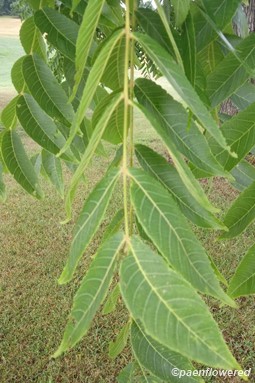
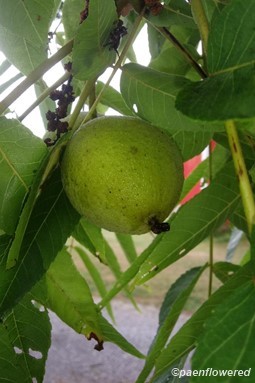
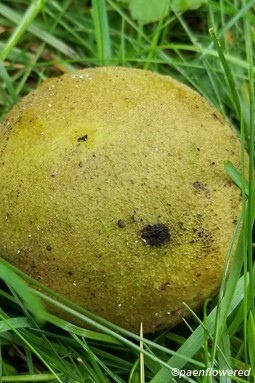

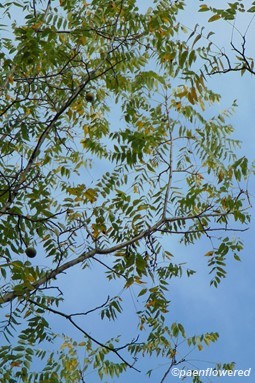
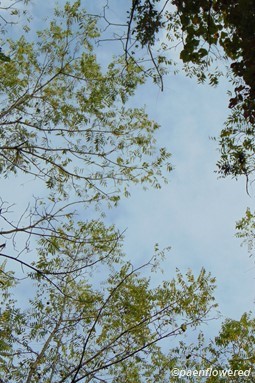

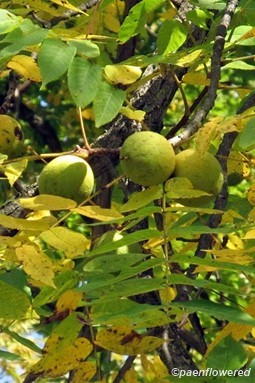
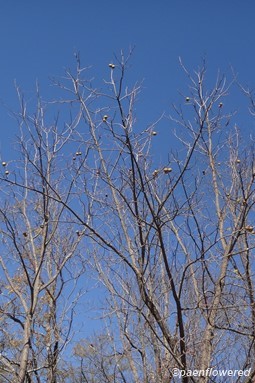


Comments
Have you spotted this plant in your area? We'd love to hear about your experience! Share your comments or questions about the plant below. Comments are moderated before posting.